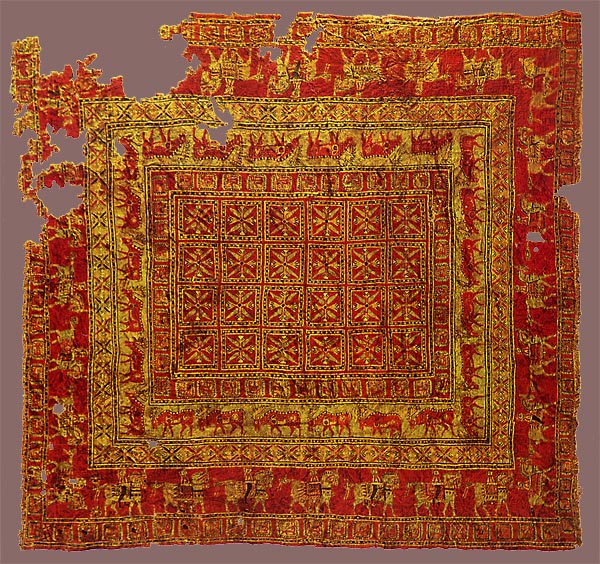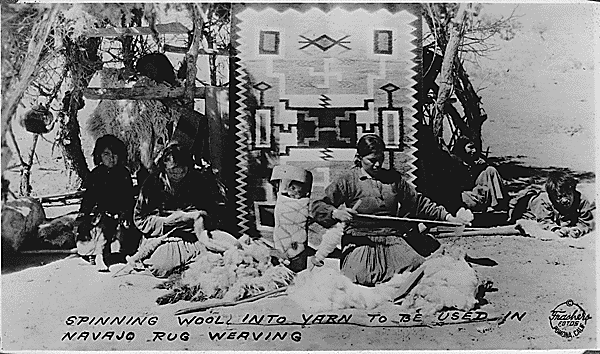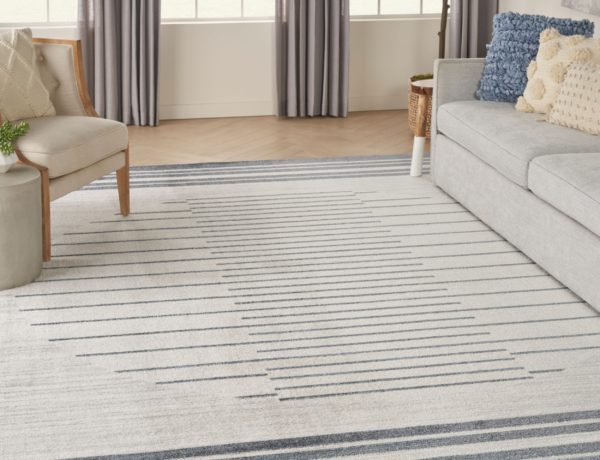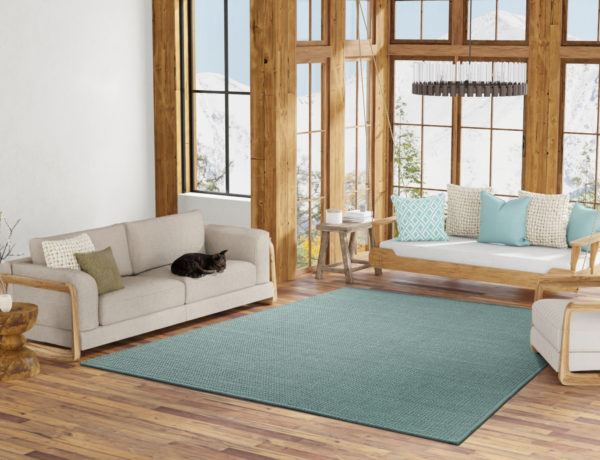These days, rugs are a staple of everyday life. They bring style, comfort, and can dramatically change the look and feel of a room. Chances are that outside of these qualities, you haven’t given much thought to how rugs have become such a ubiquitous part of society (and that’s okay!).
We’ve put together 5 interesting facts about the history of the rugs we know and love:
1. Rugs have existed for over 5,000 years
Though it isn’t fully certain just how old the art of rug weaving really is, archaeologists have uncovered evidence dating back over 5,000 years. Nomadic tribes made these rugs with various animal hairs and furs from camels, sheep, and goats.
2. The oldest surviving rug is 2,500 years old

Historians date the oldest preserved rug to roughly 500 B.C. The rug is referred to as the Pazyryk Carpet due to its discovery in the Altai mountains of Siberia, near the city of the same name. It’s currently on display at the Hermitage Museum in St. Petersburg, Russia.
3. Rug weaving also has a long history in North America

Handmade rugs have been a part of Native American weaving for hundreds of years. The most highly recognized were those made by the Navajo tribe. Scholars believe the Pueblo tribe brought the art of weaving to the Navajo people in the late 1600s.
4. The world’s largest rug is the size of a soccer field

The Sheikh Zyed mosque in Abu Dabi is home to the largest rug in the world. This piece of modern history was a gift from Iran in 2007. A total of 1,200 weavers individually hand-tied 2.2 billion knots. The project took just over a year to complete and used 38 tons of wool and cotton spanning roughly 60,000 sq. feet.
5. Rugs weren’t always exclusively for floors
From the start of their history, rugs have always been multifunctional. Nomadic tribes used them on walls and floors to add warmth, as a seating area, and as decorations for tent openings. Pre-17th century rugs imported to Europe were often hung on walls, and were only put on the floor for special occasions.
Many of these aspects of the past are still a huge part of everyday life. We hope that next time you look at your rug, you’ll be reminded of the rich history that brought it to your home.



